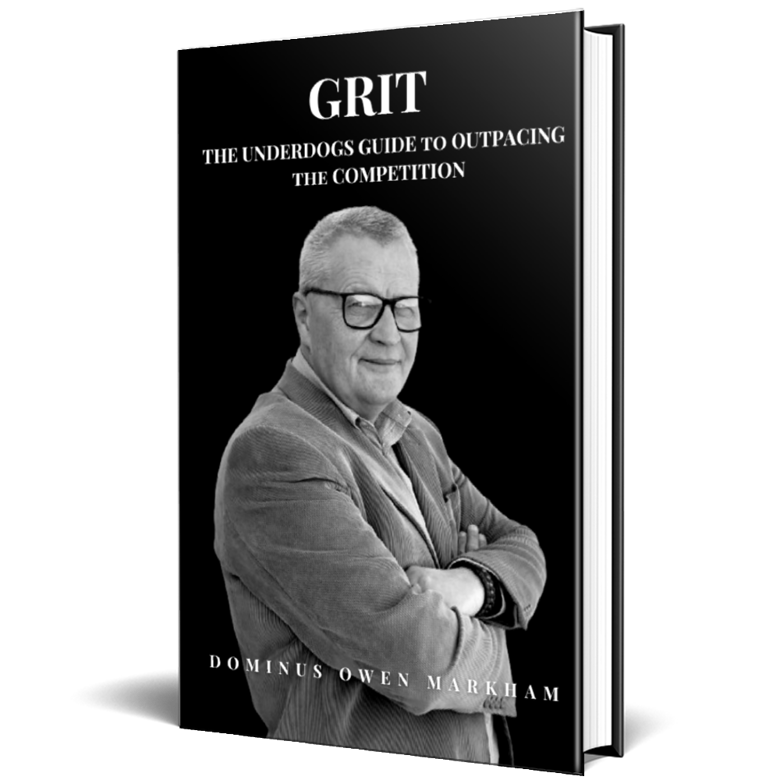Good News for the Planet: Why 2025 is Shaping Up to Be a Landmark Year for Sustainability
If you ever feel like the news about our planet is a constant stream of doom and gloom, you’re not alone. It’s easy to get lost in the scale of the challenges we face. But what if I told you that beneath the surface of those daunting headlines, a powerful, positive current is gathering strength?
The conversation is shifting. We're moving past simply acknowledging the problems and are now firmly in the era of rolling up our sleeves and building the solutions. And 2025 is poised to be a year where we see that progress in action.
Let's take a look at the exciting trends that are not just on the horizon, but are actively reshaping our world for the better.
Flipping the Switch on Power and Production
For decades, our economy has run on a simple, but ultimately unsustainable, model: take, make, waste. We pull resources from the earth, manufacture products, and then discard them. In 2025, we're seeing a fundamental rewiring of this system.
First, let's talk about energy. The global race to achieve net-zero emissions is no longer a distant dream; it's driving a massive surge in renewable energy. Think solar panels becoming more common than ever, wind turbines gracefully spinning on coastlines, and innovative green hydrogen technologies gaining real ground.
The best part? This isn't just an environmental win. The costs for renewables are plummeting, making clean energy the smart economic choice for businesses and communities. This transition is creating a wave of innovation and new jobs, proving that what's good for the planet is also good for our wallets.
At the same time, we're getting smarter about stuff. The idea of a "circular economy" is hitting the mainstream. Instead of the old take-make-waste model, businesses are designing products to last, to be repaired, and to be recycled. Imagine fashion brands that encourage you to return old clothes for new materials, or electronics companies that make it easy to upgrade your device without tossing the old one.
This isn't just about reducing landfill waste; it's about building more resilient businesses that aren't constantly dependent on volatile raw material prices. It's a closed-loop system where waste becomes a resource.
Partnering with Nature, Our Oldest Ally
Perhaps one of the most heartening shifts is our renewed appreciation for nature as a powerful partner in our climate efforts. For too long, we viewed economic progress and environmental protection as being at odds. That's changing fast.
In 2025, "nature-based solutions" are becoming a cornerstone of sustainability strategy. We're talking about large-scale reforestation projects that soak up carbon from the atmosphere, the restoration of coastal mangroves that protect communities from storms, and a move toward regenerative agriculture that heals our soil. Governments and companies are investing seriously in these initiatives because they deliver incredible returns: they sequester carbon, protect biodiversity, and build more resilient communities.
This goes hand-in-hand with a laser focus on protecting biodiversity. With frameworks like the Kunming-Montreal Global Biodiversity Framework guiding the way, businesses are finally integrating the health of ecosystems into their bottom line. They're recognising that a thriving planet, rich in diverse species and habitats, isn't just a nice-to-have—it's essential for our own survival and economic stability.
Getting Smart and Transparent
So, how do we make sure all this progress is real and not just "greenwashing"? Two key trends are providing the answer: smarter rules and smarter tech.
Governments, particularly in Europe with regulations like the Corporate Sustainability Reporting Directive (CSRD), are creating a new, clearer rulebook. This means companies will be held to higher standards for reporting their environmental and social impact. This transparency is crucial. It helps investors put their money into genuinely sustainable companies and allows all of us to see who is truly walking the talk.
This push for transparency is getting a massive boost from technology. Think about the journey a product takes before it gets to you—from raw material to factory to store. In the past, the environmental impact across that chain was a black box.
Now, with just five years to go to meet crucial 2030 emissions targets, companies are using tools like AI, big data, and blockchain to shine a light into every corner of their supply chains. This helps them track and shrink their carbon footprint, known as $Scope\ 3$ emissions, at every single step.
Simultaneously, we're seeing a much sharper focus on one of our most precious resources: water. As water scarcity becomes a more pressing reality, industries are getting incredibly innovative. From agriculture to textiles, businesses are adopting closed-loop water systems and clever recycling technologies to ensure every drop is used efficiently.
The Power of People
Ultimately, this global shift isn't just happening in boardrooms and government halls. It's being driven by people. In 2025, we'll see an even greater rise in employee-led sustainability initiatives. Companies are realising their workforce is one of their greatest assets in the green transition.
From organising waste-reduction challenges and promoting sustainable commuting to pushing for carbon-neutral offices, employees are becoming champions for change from within. This not only accelerates real progress but also builds a stronger, more purposeful company culture.
A Future We Can Build Together
The journey to a sustainable future is a marathon, not a sprint. But as we look ahead to the rest of 2025, it’s clear we're picking up the pace. The trends we're seeing, from technological breakthroughs and nature-based alliances to smarter regulations and people-powered movements, are laying a robust foundation for a more resilient and equitable world.
It's a shared mission, and every positive step forward is a reason for hope. The time for determined action is now, and thankfully, it seems the world is finally ready to answer the call.
Feel free to share your thoughts on how we can further integrate these revolutionary concepts into our off-grid lifestyles. Until next time, keep innovating and inspiring!
Let’s chat:
Until Next Time
As we wrap up this edition of the Off-Grid Cabin newsletter, we’d love to hear from you! Your experiences, hints, and tips are invaluable to our community. Whether you’ve recently tried a new sustainable practice, discovered a fantastic resource, or have a tried-and-true method for living Off-Grid, please share your insights with us!
We encourage you to hit the button below and join the conversation! Your ideas could inspire fellow readers and make a positive impact on someone’s journey toward a more sustainable lifestyle.
And if you enjoyed this newsletter, don’t keep it to yourself! Please share it with friends, family, or anyone interested in embracing an Off-Grid lifestyle. Let’s spread the knowledge and empower others to join us in this amazing adventure!
Thank you for being a part of our community. We can’t wait to hear from you! Happy living Off-Grid! 🌿✨
Message Dominus Owen Markham
PLEASE SHARE THIS NEWSLETTER FAR AND WIDE,
I intend to keep the subscription fully FREE for as long as possible!
Join me as a supporter and member with a real-life couple off-grid in Sweden:
Some of my other newsletters (They are FREE):















